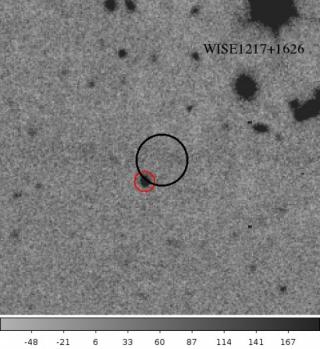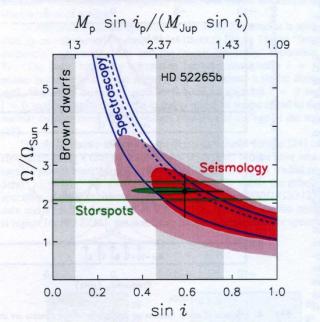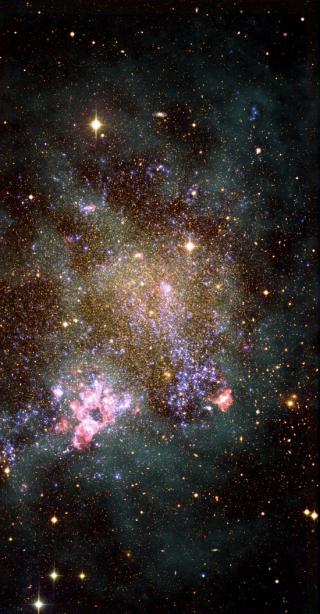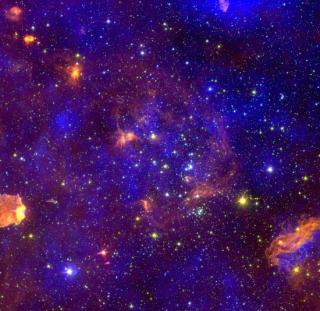
The aim of the project is to contribute to the characterisation of the spectral energy distribution of the coolest brown dwarfs discovered to date, the Y dwarfs.We obtained z-band far-red imaging for six Y dwarfs and a T9+Y0 binary with the OSIRIS (Optical System for Imaging and low Resolution Integrated Spectroscopy) instrument on the 10.4-m Gran Telescopio de Canarias (GTC).We detect five of the seven known Y dwarfs in the z-band, infer theioptical-to-infrared colours, and measure their proper motions. We find a higher dispersion in the z-J and z-H colours of Y0 dwarfs than in T dwarfs
Advertised on


